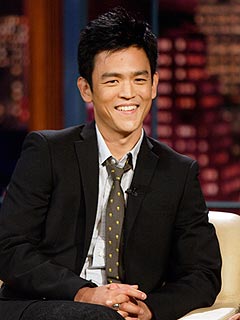
Emilio Morenatti/Associated Press
Oscar Pistorius, the South African Olympic and Paralympic track star, has been arrested after a woman was shot dead at his home.
JOHANNESBURG — South African police and media reports said on Thursday that Oscar Pistorius, a Paralympic gold medal sprinter nicknamed Blade Runner, was being questioned after his girlfriend was fatally shot at his home in Pretoria, possibly mistaken for an intruder. Police said a man had been arrested, but did not identify him by name.
Mr. Pistorius, 26, who races using carbon fiber prosthetic blades, won two gold medals and a silver at last year’s Paralympic Games in London. He was the first double amputee to also run in the Olympics, where reached the 400-meter semifinal and competed in the 4x400-meter relay.
He is one of South Africa’s best-known athletes.
“We found a 9-mm pistol at the scene. A 26-year-old man was taken into custody,” a police spokeswoman, Katlego Mogale, told Reuters without giving further detail.
Capt. Sarah Mcira, another police spokeswoman, said: “There is a woman who was shot by Oscar Pretorius.”
Johannesburg’s Talk Radio 702 said the victim was thought to have been struck in the head and arm in circumstances that have not been fully explained. But the radio said she may have been mistaken for a burglar.
In the Paralympics last September, Mr. Pistorius won individual gold, when he successfully defended his Paralympic 400 meter title. He had lost his 100- and 200-meter titles, but was part of the gold medal-winning 4x100 meter relay team. He same second in the 200 meter race.
After that contest, Mr. Pistorius damaged his reputation among his followers by criticizing the winner, Alan Oliveira of Brazil, raising questions about the length of the winner’s blades. Mr. Pistorius later apologized and praised the gold medalist in the 100 meter race, Jonnie Peacock of Britain. Mr. Pistorius, who was born without fibulas, had both legs amputated below the knee before his first birthday and he battled for many years to compete against able-bodied athletes. In 2008, he qualified for the Beijing Games but was ruled ineligible by track’s world governing body because his blades were deemed to give him a competitive advantage.
South African journalists said Mr. Pistorius lived in an upscale, walled complex near the South Africa capital of Pretoria and said his girlfriend was a fashion model. South Africa has a high crime rate. and elaborate security precautions, as well as personal weapons, are not uncommon.
A reporter outside the complex on Thursday said it was protected by high walls and razor wire.
This article has been revised to reflect the following correction:
Correction: February 14, 2013
An earlier version of this article referred incorrectly in one reference to the sprinter at whose home a woman was fatally shot. He is Oscar Pistorius, not Pretorias.











